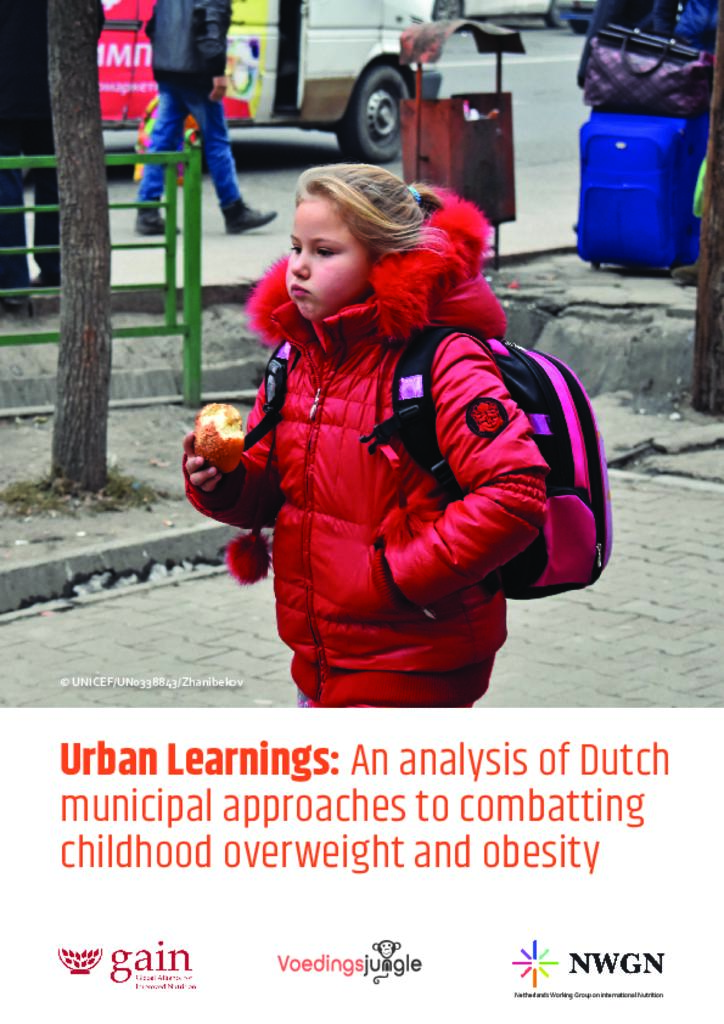In the past 40 years, the global prevalence of childhood obesity has expanded tenfold.
Nowadays, 1 in 10 children is overweight or obese and this number is rising. While overweight and obesity was once considered a high-income country (HIC) problem, low- and middle-income countries (LMICs) are now increasingly confronted with overweight and obesity in their populations alongside the still existing problems related to undernutrition. This so-called double burden of malnutrition occurs particularly in urban settings.
Given the complexity, multitude and diversity of their determinants, overweight and obesity are considered "wicked problems", problems that require a systematic approach rather than interventions focusing only on individual behaviour. The World Health Organization (WHO) Independent High-Level Commission on Non-Communicable Diseases has stated that local governments have an important role in developing and fostering such integrated, systematic or ‘whole systems’ approaches. In the Netherlands, the national government has advocated the use of local integrated approaches to combat, in particular, childhood overweight and obesity since 2009.
In 2010 the first cities implemented the so-called JOGG approach – the Dutch acronym for "Youth at a Healthy Weight" (nowadays called "Healthy youth, Healthy future"), referring to a local programmatic approach modelled on the French EPODE program (Together Lets Prevent Childhood Obesity, in French: "Ensemble Prévenons l’Obésité Des Enfants").
Nowadays, over 170 Dutch cities are part of the JOGG movement and, with the support of the national JOGG organisation, have implemented an integrated approach or coordinated interventions across various levels and stakeholders to create a strategy to combat overweight and obesity among children.
